A Personal Tour of the Linus Pauling Science Center
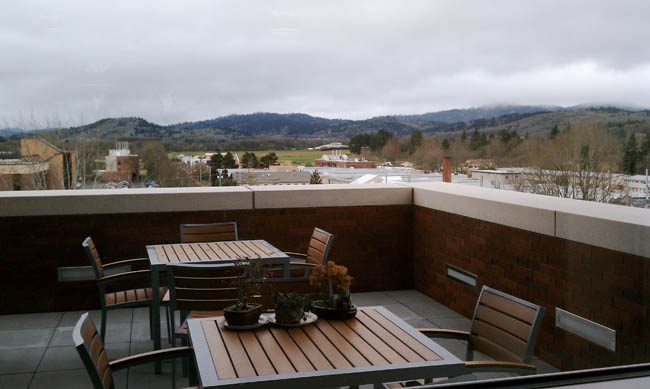 It belongs. The Linus Pauling Science Center is right at home on the campus of Oregon State University. Square. Brick. Red. It’s another complementary color against the evergreen backdrop of well-watered Oregon. And it’s new, that much you can tell.
It belongs. The Linus Pauling Science Center is right at home on the campus of Oregon State University. Square. Brick. Red. It’s another complementary color against the evergreen backdrop of well-watered Oregon. And it’s new, that much you can tell.
But it’s almost identical to the other buildings on campus. The thing you notice most about the Linus Pauling Science Center is how it doesn’t stand out.
On the outside.
 The inside, well, that’s different. Pull open any of the doors and you’re invited into a modern, bustling center for learning and discovery. Everything is blonde wood, glass, and openness.
The inside, well, that’s different. Pull open any of the doors and you’re invited into a modern, bustling center for learning and discovery. Everything is blonde wood, glass, and openness.
A few steps in and you’ve completely left the feeling of conformity behind and replaced it with the energy of innovation.
It could be the fact that the building is new. The Linus Pauling Science Center (LPSC) only opened for business in October 2011.
It could be the millions spent crafting the perfect environment for science — with a chunk of that money coming from USANA, earning us a prominent place on the donor list. Or it could be the science being done on each of the building’s four floors.
A Good Base
Caffeine certainly plays a role in the energy vibrating through the ground floor of the LPSC. The small café, tucked into one corner, usually has a line. And a majority of students and faculty walk around, cup in hand, steam pouring from the small hole in the lid.
The first floor is abuzz with youth. Undergrads studying on comfortable chairs, and talking at tables about their last class or last night. They pack the state-of-the-art auditorium. They file into lab classrooms. Some watch the activity in the “fishbowl labs” — two glass-encased rooms where high-level scientific measurements are being taken.
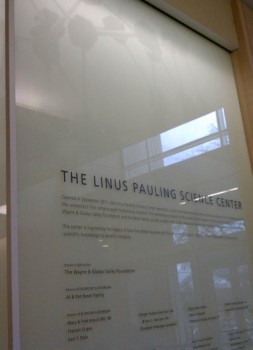 Go up the stairs across from the café, and you end up on the second floor. Some of the energy is lost as you climb. That could be because the second floor isn’t as densely populated as the first. The chemistry labs and offices aren’t overrun with students. It’s a calm, more meditative environment conducive to hard scientific research.
Go up the stairs across from the café, and you end up on the second floor. Some of the energy is lost as you climb. That could be because the second floor isn’t as densely populated as the first. The chemistry labs and offices aren’t overrun with students. It’s a calm, more meditative environment conducive to hard scientific research.
The Cherry On Top
The Linus Pauling Institute (LPI) occupies the third and fourth floors. It’s the crown jewel, the plump, red sundae topper.
More glass separates the third floor lobby from the rows of offices occupied by almost every LPI principal investigator, along with postdoctoral researchers and graduate students. The whole space is open and bright.
There are ample seating areas — one a piece on the third and fourth floors, with a deck looking out over Corvallis on the top floor. All of it promotes collaboration between researchers that wasn’t possible before they moved into the new building.
Opposite the offices is where the magic happens — the lab space where ideas turn into experiments. Each principal investigator has their own lab bench where research assistants and grad students are busy working on the next big discovery in nutritional science.
More grad students sit at the back tables typing away on computers. But it’s quiet. The normal hum of refrigeration and large instrumentation has been confined to a few rooms. It’s a beautiful environment for science. Even a non-scientist can see that.
Science and Art Collide
Science is the force that unites all the different floors of the LPSC. It’s also the inspiration for the art that hangs on each floor, tying the whole building together. It’s Oregon State Law that any public building that costs more than $100,000 must use one percent of the total budget for art. So in a multi-million-dollar building, that’s hundreds of thousands of dollars available to purchase art.
For the LPSC, artists were commissioned to create works inspired by the life and scientific discoveries of Linus Pauling — the building and the institute’s namesake. Being one of the most accomplished, important scientists of the 20th Century, there was plenty to draw from. Several beautiful, innovative art installations capture Pauling’s work in structural chemistry, molecular medicine, and the peace work that earned him his second unshared Nobel Prize.
The paintings and sculptures in the LPI lobby and the large, modern displays that await those coming in the building’s side doors are amazing in their own right. But they take a backseat to the array of light paintings throughout the LPSC. Using colored glass tilted to specific angles and a light source, these masterpieces create amazing splashes of light on the walls.
After you’ve been inside and seen the art, felt the energy, and felt a part of the innovative environment, even the outside of the LPSC doesn’t seem so ordinary anymore.
This is the latest in a series of occasional posts spotlighting the Linus Pauling Institute, a longtime research partner of USANA. Additional blog posts featuring LPI can be found in the What’s Up, USANA? archives.
Be in the know! Follow USANA on Twitter and like our USANA Facebook page for the latest news and notes.

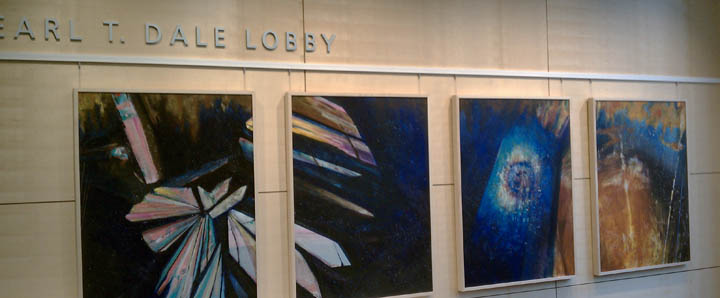
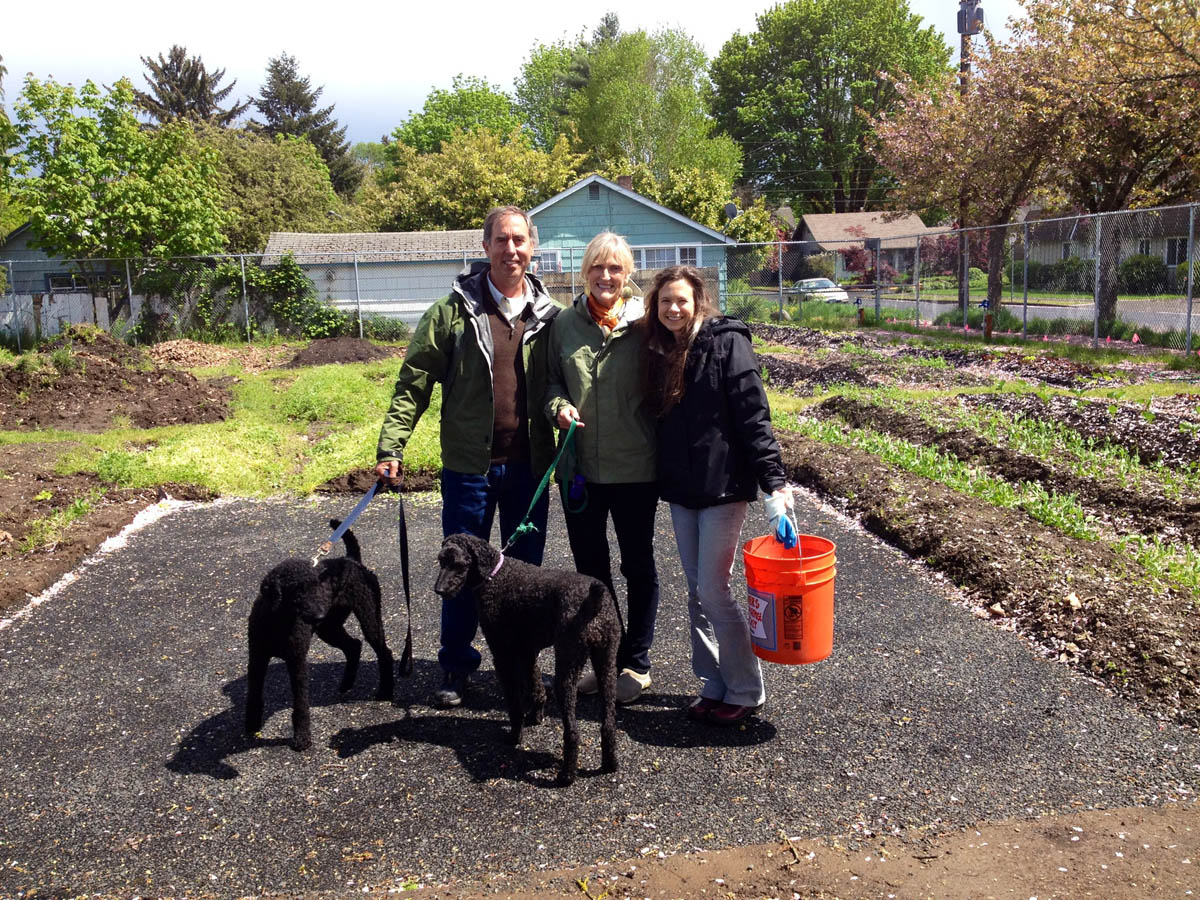

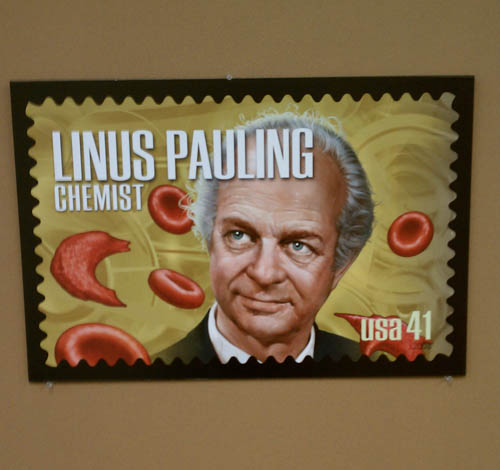
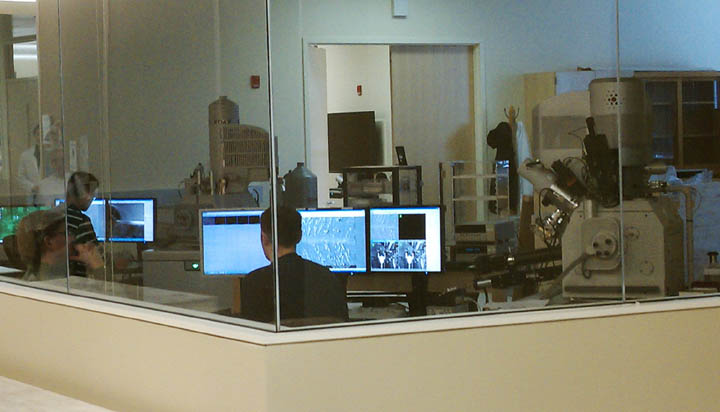
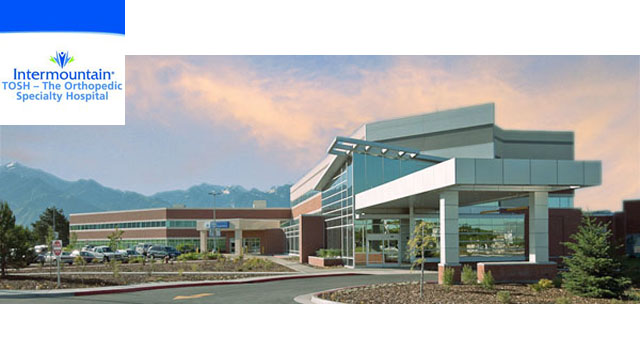

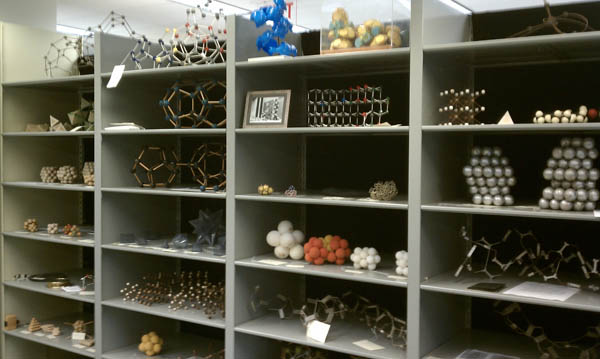
is amazing for the photo